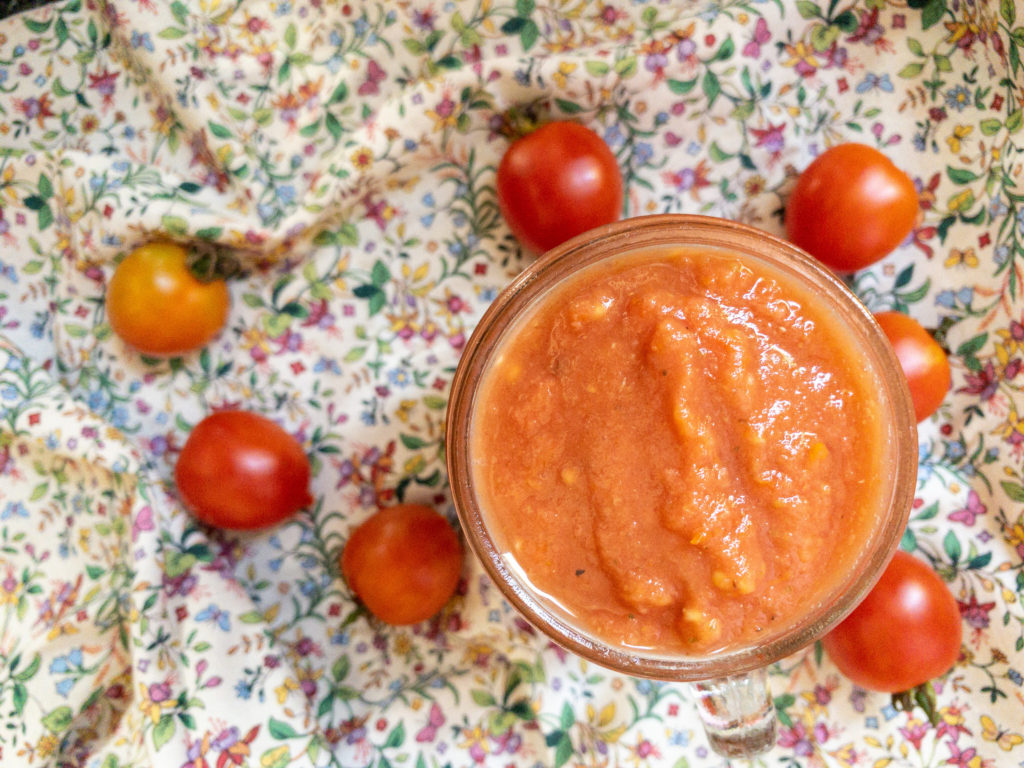
One of my goals for the 2022 gardening season is to procure equipment for canning in order to preserve our summer harvests. Right now, I’m freezing pounds and pounds and pounds of piennolo del vesuvio tomatoes for sauce makin’ this winter, but I would love to properly can my own tomatoes (and pickles. and beans. and jams!). Whether you have fresh or frozen garden tomatoes, today I’m sharing a ridiculously easy and lazy recipe for pizza sauce with fresh tomatoes. I promise you:
- no peeling
- no removing seeds
- no straining
Why? Because A) sometimes you just don’t have time for all of that jazz and B) the skins of the tomatoes are the most nutrient-dense part of the whole fruit!
If you’re a Very Picky Eater, listen up: this recipe is not for you. If you’re particular about texture and flavor, please exit now. Also, please do not come to dinner at my house because I simply cannot cater to picky eating. It’s my pet peeve! I, for one, really enjoy the dimensions of flavors in the whole tomato -- I don’t find them at all bitter, and once everything is blended up you won’t even be able to detect the peels.
Recipe here, and more information after the jump. I’ve been on the internet long enough to know that the most common gripe with food blogs and online recipes is that the blogger rambles on for too long before sharing the recipe. But if you happen to enjoy rambles, there will be some below!
📖 Recipe
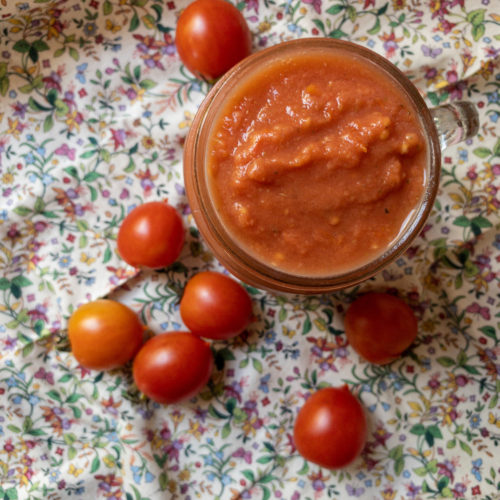
Pizza Sauce With Fresh Tomatoes
Ingredients
- 2 lbs fresh plum tomatoes ~900g (I have piennolo del vesuvio in the garden)
- 1 tablespoon extra virgin olive oil
- ¼ cup tomato paste
- 2 pitted dates you could also use ½ teaspoon sugar but I love the flavor from the dates
- 2 teaspoon dried oregano
- ½ teaspoon garlic powder
- juice from ½ lemon
- salt to taste -- start with ¼ teaspoon and keep adding until it taste right to you. I ended up doing ¾ tsp
- black pepper to taste
Instructions
- Combine all ingredients in high-speed blender and mix until thoroughly combined. If seeds are extraordinarily offensive to you, then by all means strain the sauce to remove them, but it’s not required! Like I said: lazy.
- Use immediately and freeze leftovers in quart-sized freezer bags (or whatever you do for freezer storage!) for future use.
If you’re thinking, “Great, now I have a pizza sauce recipe, but where is the actual pizza recipe?”... you’re in luck. Here’s my guide to making pizza at home! You'll be churning out pro-level pizzas in no time.
Also, are you still a little skeptical about leaving the skins on the tomatoes? On the fence about trying it and looking for me to really plead my case? World's Healthiest Foods says:
Whenever possible, try to develop recipes that make use of the whole tomato. We've seen research showing higher lycopene content in whole tomato products. For example, when the skins of tomatoes are included in the making of the tomato paste, the lycopene and beta-carotene content of the paste is significantly higher according to research studies.
-whfoods.org - "Tomatoes"
The way I see it, if you go to all the trouble of starting tomato seeds, tenderly caring for them, transplanting after your last frost date, watering them, pruning them, and harvesting them, then it's silly to throw away some of the most nutritious parts just because The Culinary Man tells you to! At the very least, give it a shot once and see what you think. You can always revert back to your old pizza sauce recipe. Or use jarred pizza sauce.* While I love this recipe for pizza sauce with fresh tomatoes, in the winter I typically tend to use a can of whole peeled plum tomatoes. Here's a recipe for that until I get a chance one of these days to write up my tweaked version with measurements.
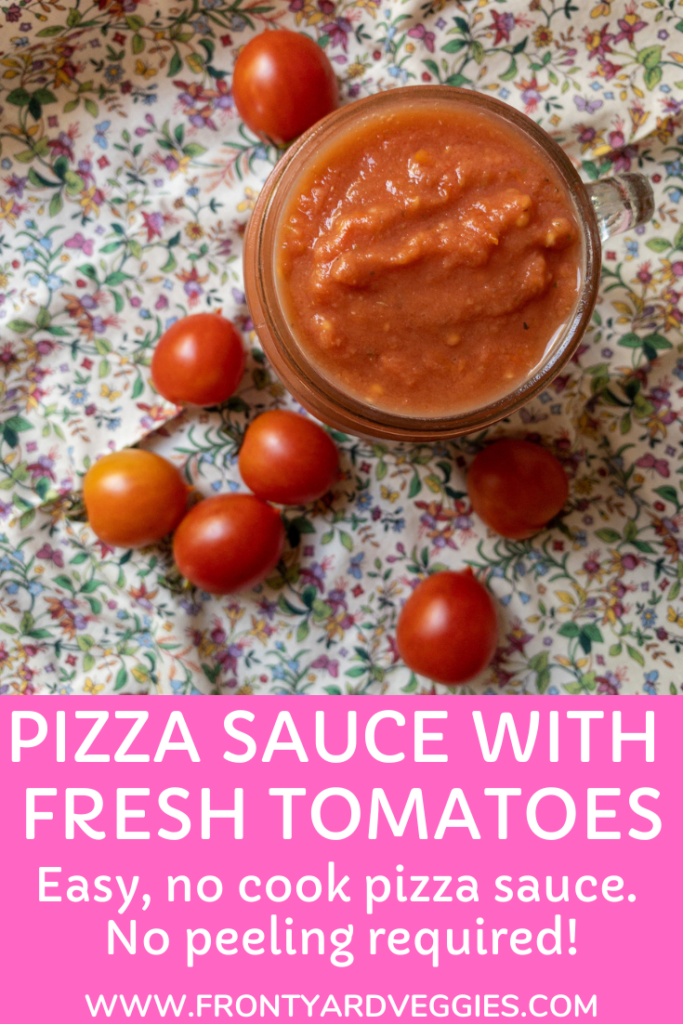
*Please, please, please try to make your own pizza sauce. It's so easy, and so much more delicious than jarred sauce. And that way you know exactly what's in it! But I know life happens and sometimes we have to resort to convenience foods. I'm not a total from scratch snob, but I also kind of am.

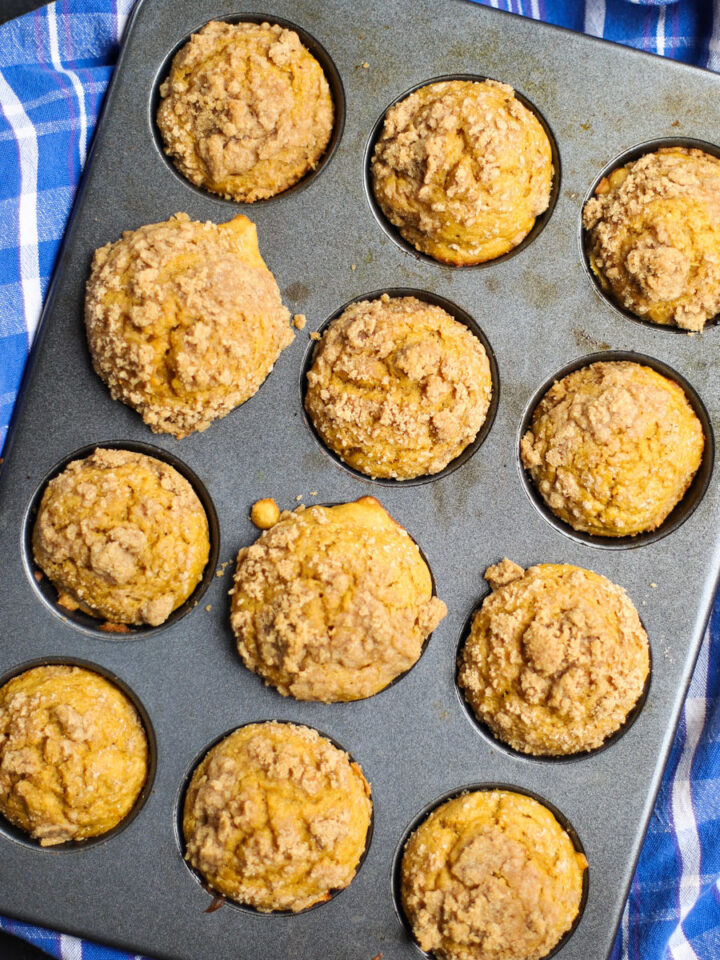
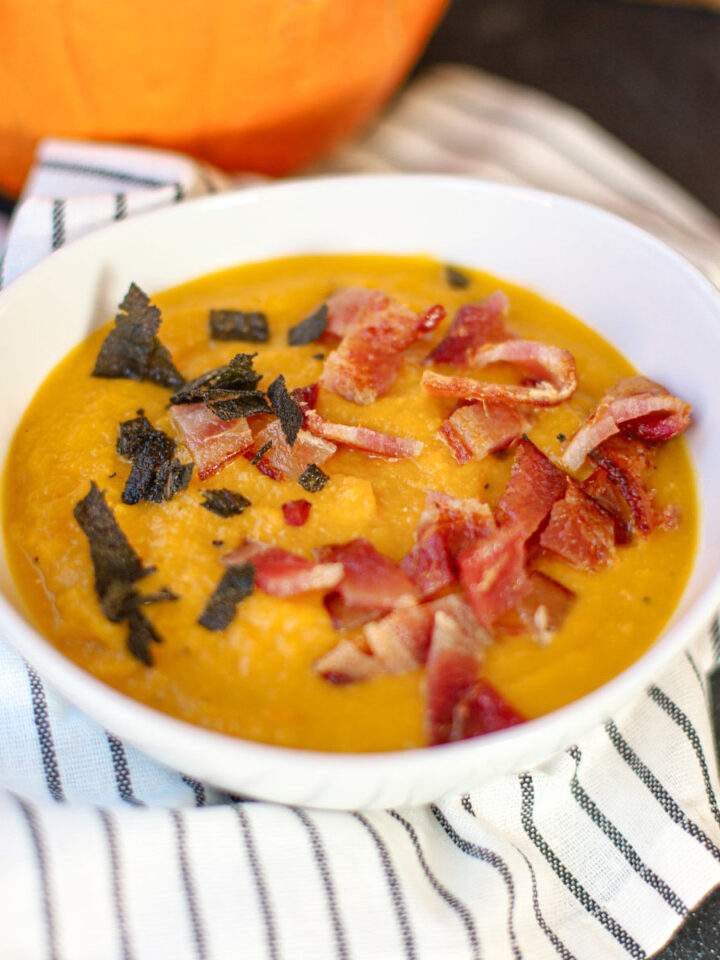

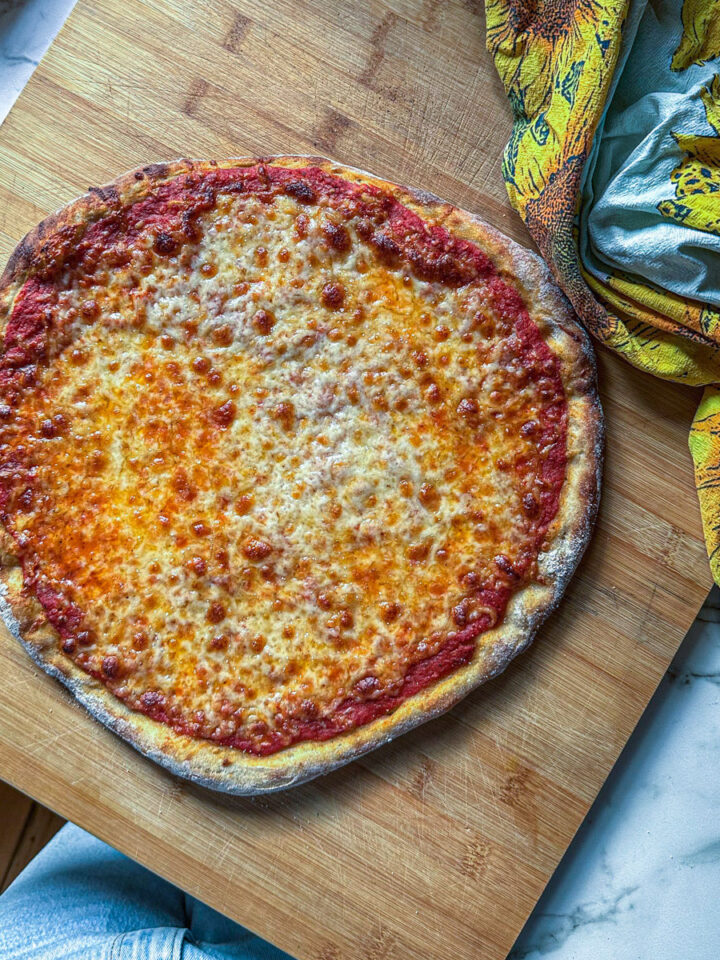
Leave a Reply